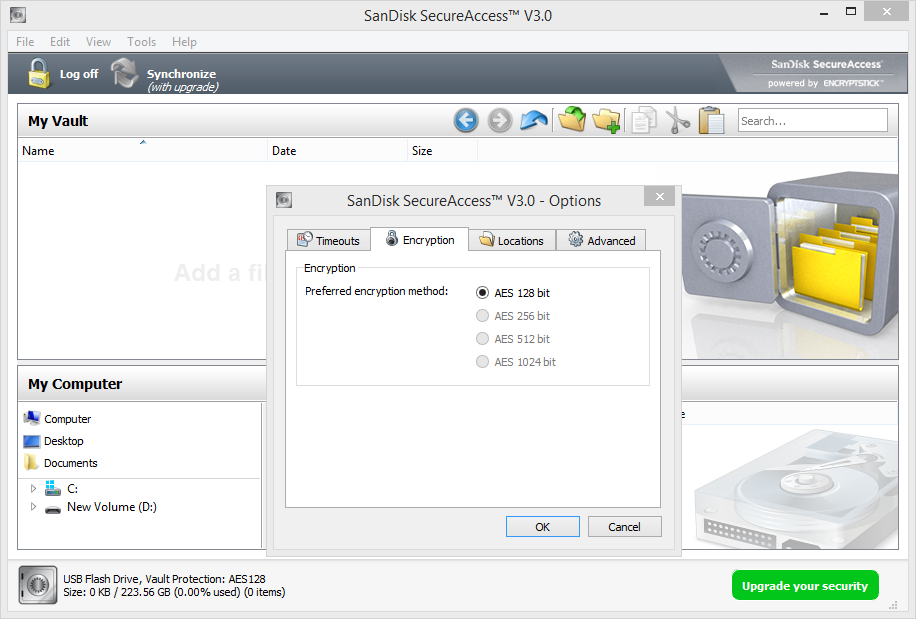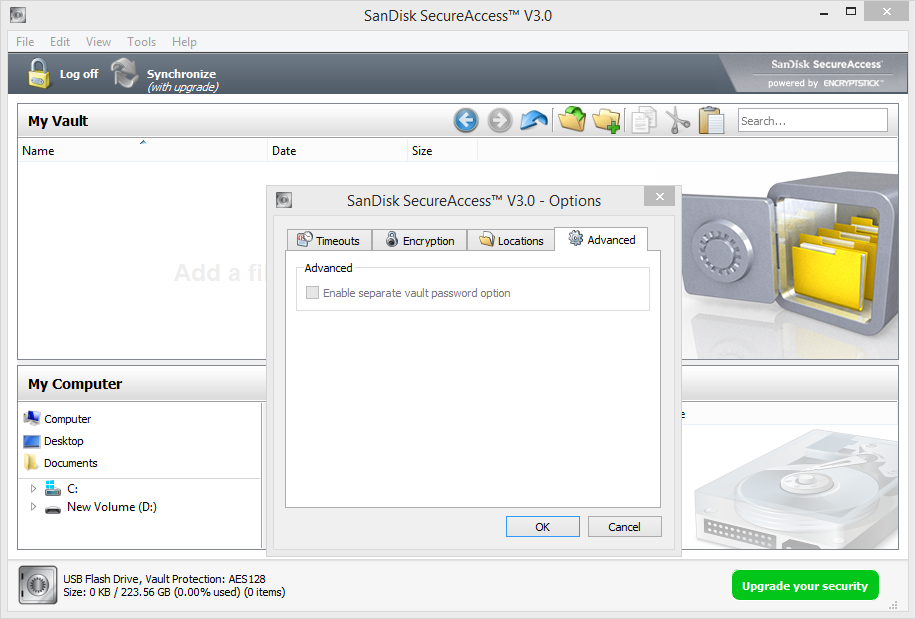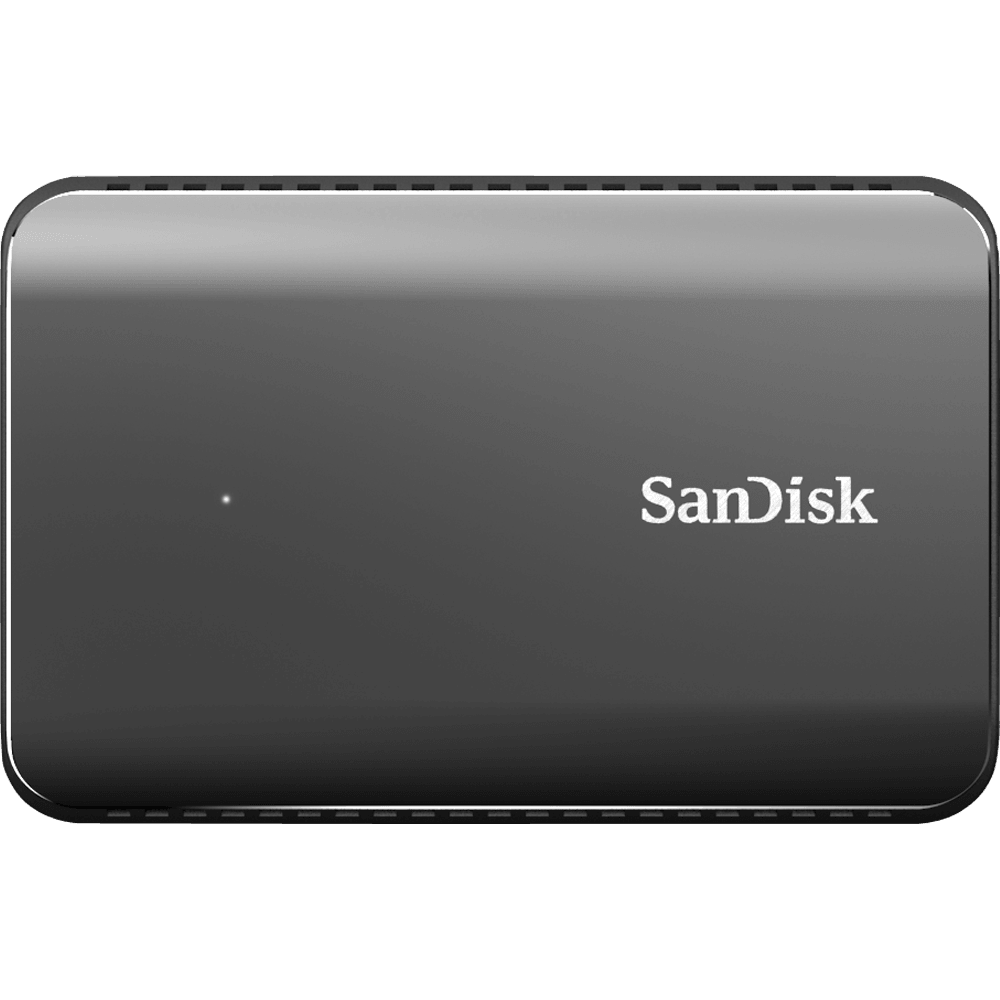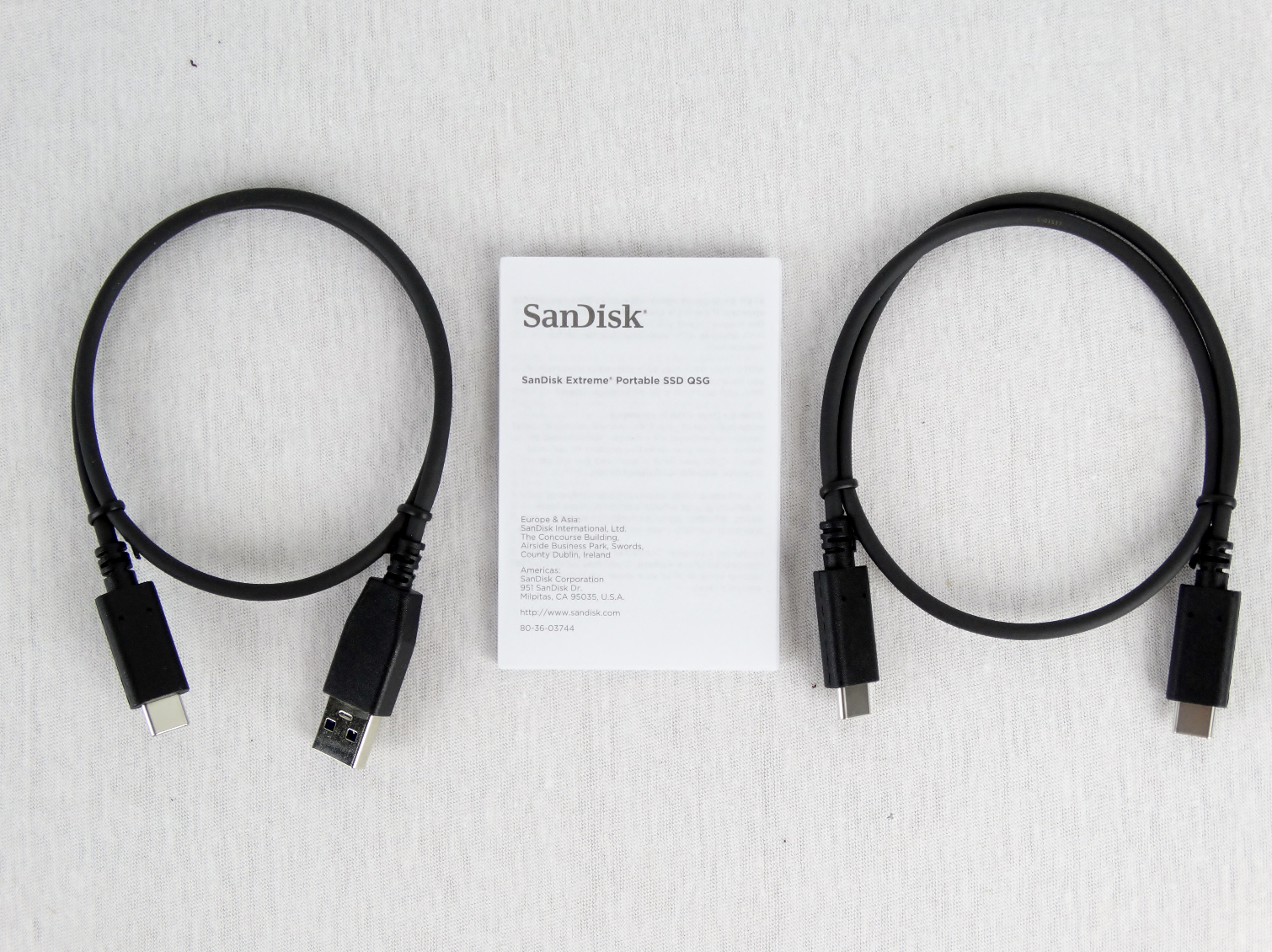Early Verdict
If you need a large-capacity external SSD for large sequential files, the SanDisk Extreme 900 delivers the highest performance available at this time. If your workload involves less data, then the performance drops due to the internal RAID configuration, which is not fast enough to keep up with small-block-size transfers. The drive is bulky and weighs more than you might expect for a dual-SSD flash drive, but the bulk increases the ruggedness so that it can survive extreme events that others can't.
Pros
- +
This drive offers high performance when transferring large-block-size data, but you need to have the additional hardware to take advantage of the throughput speeds. USB 3.1 Generation 2 is new to market, and very few computers ship with the interface right now because it's a premium option.
Cons
- -
Pricing is consistent with what we would expect, but we would like to see a reduction. The drive is bulky compared to the Samsung T3 that also ships in a 2TB capacity, size but the Extreme 900 uses two SATA SSDs in RAID 0, so it has to be larger.
Why you can trust Tom's Hardware
Specifications, Pricing, Warranty And Accessories
No flash-based storage product is mightier than SanDisk's Extreme 900 Portable SSD. It is the first portable drive to combine striping with the USB 3.1 Gen 2 bus capable of 10 Gb/s. Don't worry about capacity, either. The Extreme Pro starts at 480GB and scales all the way up to 2TB.
We recently tested the SanDisk Extreme 500 Portable SSD — a close cousin to the Extreme 900. The Extreme 500 offers capacities between 120GB and 480GB. From there, you're looking at a step up to the physically larger, but significantly faster Extreme 900.
The drive we're testing today is unique in the external storage space. USB 3.1 Gen 2's data rate theoretically gives you more than 1 GB/s of peak bandwidth. SanDisk uses that pipe to transfer large blocks of data sequentially at up to 850 MB/s. Let's just say we've yet to find another portable product able to match the Extreme 900's speed.
Of course, portable can mean different things to different people. The Extreme 900 doesn't comfortably fit in your shirt or jeans pocket. It'd be more plausible to find it in your purse or backpack. At least you get a metal shell and shock-absorbing rubber bumper to make the device more rugged. However, unlike the Extreme 500, it doesn't sport certifications for dust and water resistance. Given the extra performance, we'll gladly take the trade-off.
Specifications
MORE: Best SSDs For The MoneyMORE: Latest Storage News
MORE: Storage in the Forums
The Extreme 900 Portable SSD ships in three capacities: 1.92TB, 960GB and 480GB. They all reserve some flash capacity for background activity to maintain high performance throughout the product's life.
Big performance numbers are clearly the Extreme 900's headline feature. All three capacities are rated for 850 MB/s reads and writes. But it's not easy to realize those specs in the real world. For the most part, USB 3.1 Gen 2 comes piggybacked to Thunderbolt 3. You can read more about USB 3.1 in a comprehensive news story we wrote last year.
Get Tom's Hardware's best news and in-depth reviews, straight to your inbox.
To achieve high throughput, at least on paper, SanDisk packed two SATA-based SSDs inside the metal chassis and slung them together using RAID 0 behind the USB 3.1 interface. Your PC sees the device as one large, removable drive.
Pricing And Warranty
Online pricing for the Extreme 900 Portable SSD is all over the place. We found the most reasonable numbers at B&H, where the 480GB model sells for $298. The 480GB Extreme 500 Portable SSD sells for $250 as a point of comparison, so the faster Extreme 900 carries a $50 premium.
Moving up the range, you'll find the 960GB Extreme 900 for $500 and the 1.92TB model selling for $800. All three implementations come with three-year warranty coverage.
Accessories
The system ships with a paper manual and two USB cables. The first cable has two Type-C connectors, while the second has a Type-C and Type-A connector. Obviously, the cables are detachable, giving you more flexibility in what you attach the drive to. For example, the cable with two Type-C plugs lets you connect to smartphones equipped with the newer connector type.
Software
You can use the Extreme 900 Portable SSD right out of the box. Loaded on the drive, you'll find software for PCs and Macs. Install it; you need the software to access the Extreme 900's advanced features.





SanDisk Secure Access 3.0 lets you safeguard your data with AES 128-bit encryption. There's also an upgrade available for it.


If you're willing to shell out a few more bucks, the encryption increases to 1024 bits. If the price of the Extreme 900 were higher, we would unload on this approach. But since the hardware itself is fairly reasonable, I'll simply say that I don't care for SanDisk's strategy. It reminds me of the satellite commercial where the guy has a credit card reader built into his remote control. Hey, honey, we have fees in here.
Power users who need the additional functionality might not mind paying an extra $13. But it should be noted that the encryption is software-based, not an accelerated capability of the storage controllers.
A Closer Look



SanDisk fills the retail package with details about its Extreme 900 Portable SSD. A window under the cover flap gives you a visual of the hardware inside, which could be useful for drawing size comparisons to other portable storage devices.




The Extreme 900 Portable SSD is housed in a metal case surrounded by rubber to protect the chassis. As you know, SSDs have no moving parts and are resistant to damage from short falls. We like that the metal case adds an extra level of protection.
The USB Type-C connector isn't covered, so this model doesn't enjoy the same protection from dust and moisture as the Extreme 500 Portable SSD family. Type-C is the latest connector for USB, and we should see plenty of adoption through 2016. In an effort to reduce Thunderbolt cabling costs and increase the use of both standards, Intel adapted the interface for use with Thunderbolt 3.
- 1
- 2
Current page: Specifications, Pricing, Warranty And Accessories
Next Page Benchmarks And Conclusion
Chris Ramseyer was a senior contributing editor for Tom's Hardware. He tested and reviewed consumer storage.



